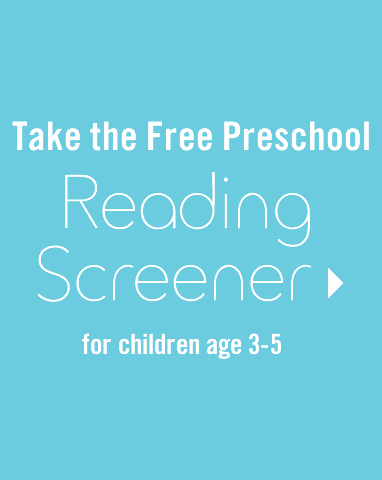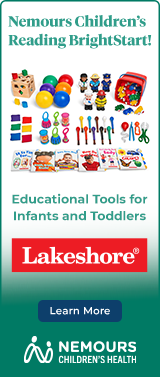When a dog falls in love with the cat next door, he does all he can to express how he feels. Despite the dog's best efforts, the cat just doesn’t understand him, and thinks he's like any other dog who dislikes cats. But when the dog expresses himself through the universal language of music, the cat finally understands -- and their friendship blossoms.
Before, During and After Reading
Oral Language
Introduce the book. Read aloud the title of the book. Sweep your finger under the words as you read the title, the author, and the illustrator. Talk about the jobs of the author and the illustrator. Discuss the illustrations on the cover; ask what your child sees. Ask your child what he thinks may happen in a book that’s “a love story."
Oral Language
Discuss what you read and see. Ask your child what he sees as you read the story, especially the items buried in the ground. Discuss how these items may have arrived there. Some of these items may be very unusual or silly, which make them even more fun to point out and talk about.
Phonological Awareness
Rhyme is present throughout the story; the last words of alternating lines share the same ending sounds. Some rhyming words in the story are mind/kind, growling/howling, nose/rose, and head/said. Talk to your child about how these words rhyme or sound alike. Repeat the words and emphasize the shared sounds. When you read and encounter other rhyming words, point those out to your child and ask him to make the sound that the words share. Once your child knows what it means for words to rhyme, ask him if he knows other words that share the same sound. For example, cat and sat both share the sound –at; some words that rhyme with cat and sat are bat, mat, and hat.
Beginning Writing
Imagine if the cat was the one trying to express herself to the dog and that the story was called Meow: A Love Story. If she were to also use music to communicate to the dog, what instrument would she play and how would the dog react? Would any of the other animals, like the squirrels or birds, be able to help? Give your child some paper and crayons, colored pencils, and/or markers. Ask him to draw and/or write out the story as he would imagine it. If your child needs it, help him write words and his name on the paper. Once he’s finished, encourage him to share his story.
Looking for more ways to help strengthen your child's beginning writing skills?
Check out:
Explore other recommended children's books and reading activities for five-year-olds, or take the Reading BrightStart! Preschool Reading Screener. The screener can help you determine if your child is on the path to reading readiness, and provides a free plan for moving forward.








